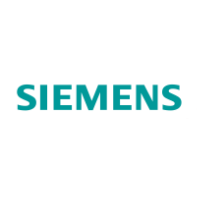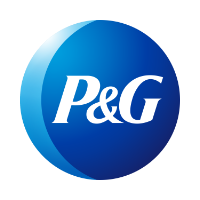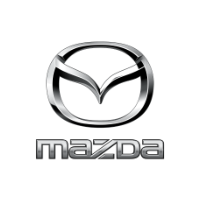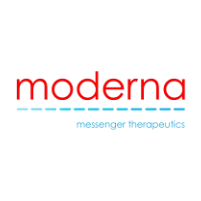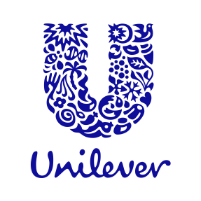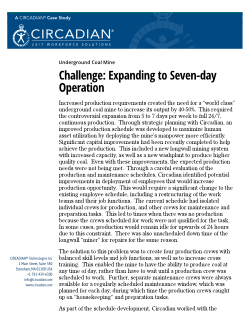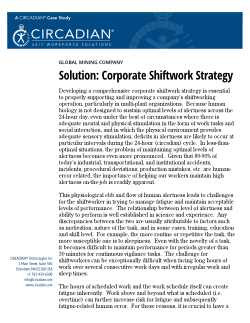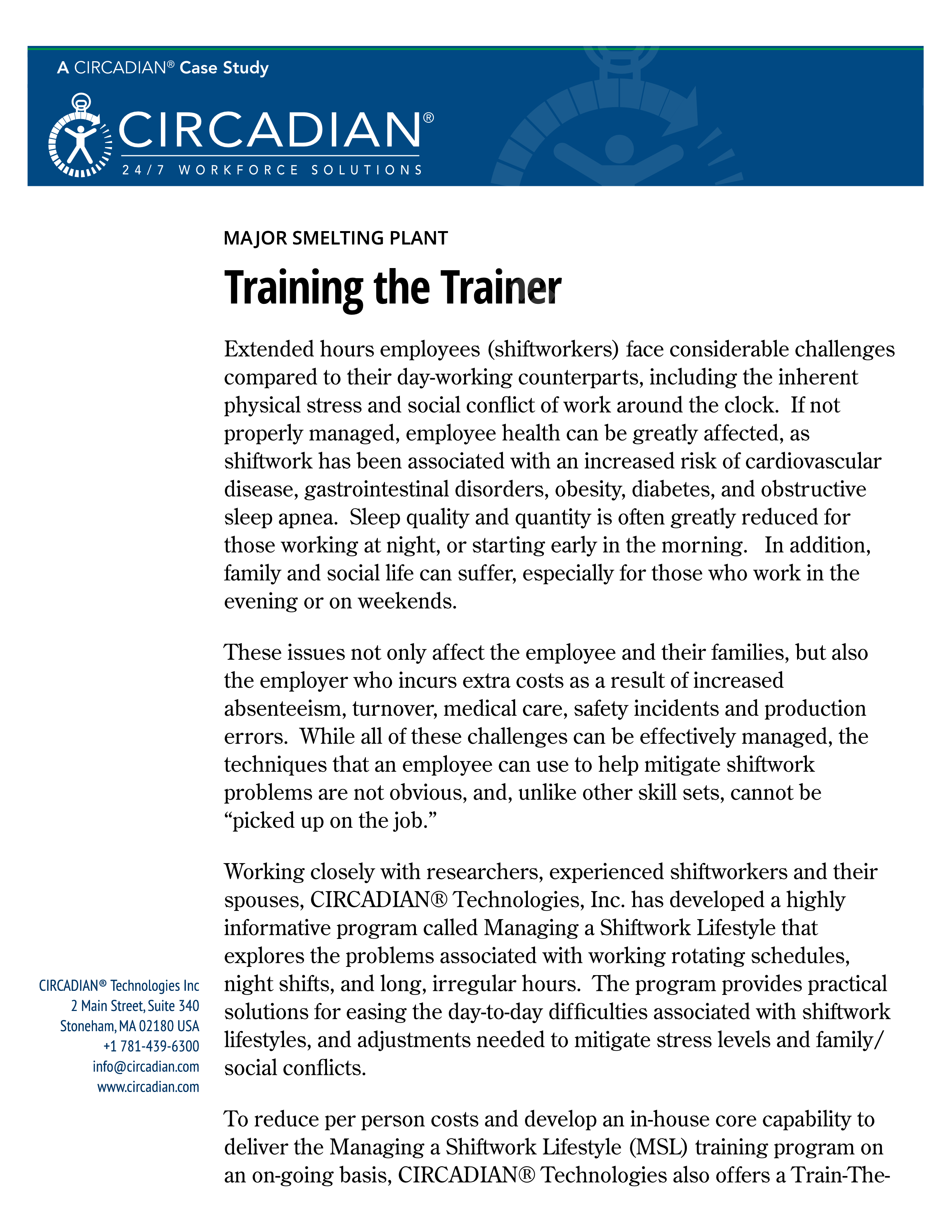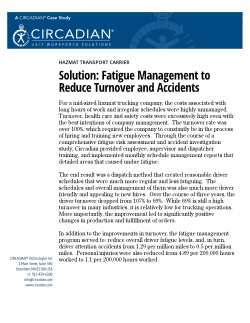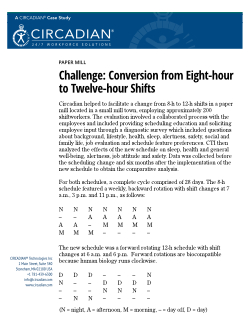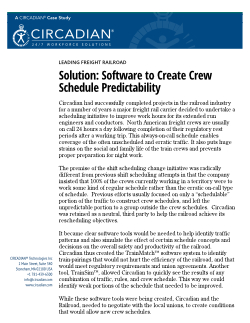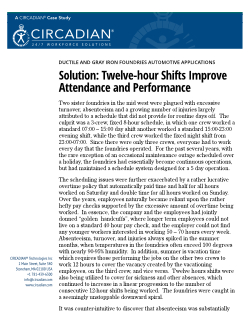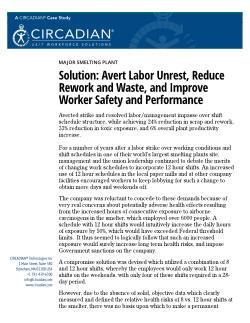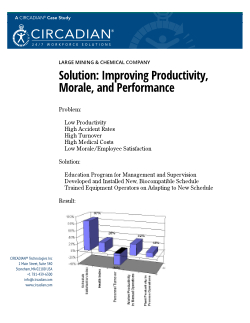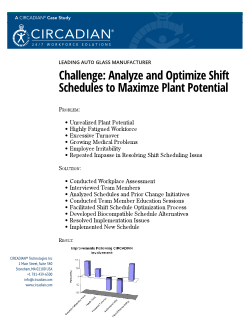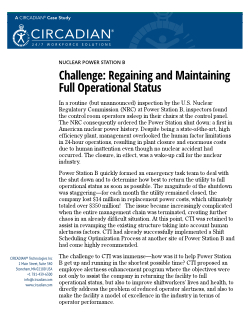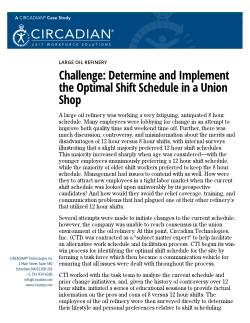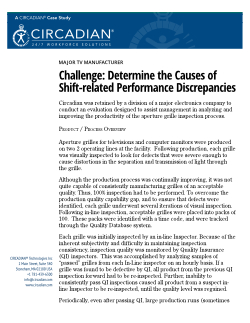 Click image to get the case study
Click image to get the case study
CIRCADIAN® was retained by a division of a major electronics company to conduct an evaluation designed to assist management in analyzing and improving the productivity of the aperture grille inspection process.
PRODUCT / PROCESS OVERVIEW:
Aperture grilles for televisions and computer monitors were produced on two 2 operating lines at the facility. Following production, each grille was visually inspected to look for defects that were severe enough to cause distortions in the separation and transmission of light through the grille.
Although the production process was continually improving, it was not quite capable of consistently manufacturing grilles of an acceptable quality. Thus, 100% inspection had to be performed. To overcome the production quality capability gap, and to ensure that defects were identified, each grille underwent several iterations of visual inspection. Following in-line inspection, acceptable grilles were placed into packs of 100. These packs were identified with a time code, and were tracked through the Quality Database system.
Each grille was initially inspected by an in-line Inspector. Because of the inherent subjectivity and difficulty in maintaining inspection consistency, inspection quality was monitored by Quality Insurance (QI) inspectors. This was accomplished by analyzing samples of “passed” grilles from each In-Line inspector on an hourly basis. If a grille was found to be defective by QI, all product from the previous QI inspection forward had to be re-inspected. Further, inability to consistently pass QI inspections caused all product from a suspect in-line Inspector to be re-inspected, until the quality level was regained.
Periodically, even after passing QI, large production runs (sometimes several days worth of production) had to be re-inspected. This occurred when either a previously unidentified, or an “accepted” defect, was subsequently determined to be capable of causing a problem with the finished product.
CIRCADIAN® evaluation produced the following results:
An analysis of in-line inspections versus re-inspect inspections was conducted during a period of 3 ½ months. The analysis identified the following tendencies for in-line inspection that were absent from the re-inspect data:
- In-line inspectors inspected more product per minute after lunch than they did before lunch.
- During the last hour of the shift, in-line inspectors inspected the greatest number of grilles per minute and rejected the lowest percentage of grilles inspected as compared to all other hours of their shift.
- The reject rate as a percent of total grilles inspected declined throughout the shift.
These tendencies were consistent during both the day shifts and night shifts. In addition, during in-line inspection, as the number of grilles inspected per minute increased, the percentage of grilles rejected decreased. The reduction in reject rate, as inspection quantity increased, indicated that more defective grilles were slipping through the system over the course of the shift. This trend appeared to be particularly problematic during the final hour of the shift.
The increase in inspection quantity at the end of the shift was most likely the result of in-line inspections being linked so closely to the production process. Considering that Inspectors were supplied with product directly from the continuous production line, backlogs were created as the inspectors took time away from work for lunch and breaks. In addition, there was a requirement to have zero “work in process”(WIP) remaining at the end of the shift. As a result, in-line inspectors had to play “catch-up” toward the end of their shifts, and particularly during the last hour to clean up any remaining WIP. Thus the rate spike that occurred at the end of each shift.
Re-inspections, on the other hand were supplied with product from inventory and exhibited much greater consistency in both quantity and quality of inspections throughout the shifts. This suggested that there was a direct correlation between the rate of inspections and the quality of inspections, and that simply raising the rate bar of grilles per hour expectations might be counterproductive. Moreover, it called into question the effectiveness of the zero WIP policy.
As the number of grilles inspected per hour increased, the amount of available time per inspection obviously decreased. At some point, the amount of available inspection time per grille became insufficient to properly detect all of the potential defects, thereby decreasing the reject rate and increasing the pass-through rate of defective product. Thus, the Inspectors typically caught the easy or more obvious defects, but missed the more difficult ones to detect. Rather than arbitrarily setting inspection rate goals, it was possible to calculate the optimum inspection rates for each product and line-speed to determine the optimum or most productive rates. Based on our observations, interviews, employee surveys and the results of physiological testing, inspector sleepiness and fatigue was found to increase throughout the course of the shift. As fatigue increased, it was obvious to suspect that the quality of the inspections decreased accordingly.
A final factor for the major disparity in the inspection versus reject rates identified in the final hour of the shift was the lack of a QI inspection during the final hour of every shift. The absence of this policing action, combined with the zero WIP requirements, provided a logical incentive to push the product through the system.
As part of its assignment, CIRCADIAN® conducted several fatigue and alertness studies with a group of 68 employee volunteers, representing each of the crews, shifts (day vs. night), and operating lines.
The overall results indicated the following:
- Overall sleepiness levels and episodes of fighting sleep for the fixed night shift Inspectors and Non- Inspectors increased throughout the shift and peaked between 3:00 am and 6:00 am.
- Overall sleepiness levels and episodes of fighting sleep for the fixed day shift Inspectors and Non-Inspectors increased in the early afternoon between the hours of 1:00 pm and 3:00 pm.
- Overall sleepiness levels and episodes of fighting sleep for the fixed day shift Inspectors increased throughout the shift, while these levels decreased throughout the shift for the Non-Inspectors. This suggested a build-up of fatigue and/or stress from the repetitious performance of the inspection task, which required constant concentration, high vigilance levels, and the pressure of keeping up with the production line speeds.
A majority of hourly personnel (150 Inspection and 61 Non-Inspection ) completed a confidential survey. An analysis of the survey results indicated the following:
- Day shift personnel suffered fewer physical problems than did night shift workers (i.e. disturbed appetite, stomach upsets, constipation or diarrhea, abdominal pains insomnia fatigue, etc.).
- Day shift workers got better quality and quantity of sleep than did the night shift workers
- Production technicians suffered fewer physical problems than did the Inspectors (i.e. eye strain, blurred vision, headaches, back/leg/foot/wrist stiffness aches or pains, anxiousness without cause, etc.).
- Non-adapted (to shiftwork) personnel fought sleep and made errors more often during work than did adapted personnel.
- Non-adapted personnel suffered fewer physical problems than did the non-adapted personnel (i.e. insomnia, fatigue, back stiffness, tension under stress, anxiousness without clear cause, etc.).
The differences between Inspection and Production personnel were certainly task or job related, and illustrated the difficulty in maintaining high vigilance and concentration levels while performing boring and highly repetitive tasks. Thus, cross-training and job rotation programs were highly effective in mitigating this problem.
Finally, the differences between Adapted shiftworkers and Non-Adapted personnel clearly indicated the negative effects of having to work a schedule that is counter to one’s individual physiology and personal lifestyle needs. Better selection of personnel through pre-employment screening (or post-employment placement) helped to identify those individuals who were more physically, socially, and emotionally suited for shiftwork - thereby upgrading the overall performance of the workforce.
ENVIRONMENTAL FACTORS:
Substantial time was spent reviewing the inspection department work environment. A summary of the problematical (but correctable) working conditions were as follows:
- dimly lit work area, starkly contrasting with brightly backlit viewing units
- working in a constantly standing position on a hard concrete surface
- inadequate air flow/circulation
- inadequate access to healthy food service, particularly on the night shift
- constant eye strain from a visual task that was outside the normal range of acuity required for general work
- inadequate break time for the inspection task over a 12 hour shift
RECOMMENDATIONS:
Process Recommendations:
- De-couple the inspection process from the production process
- Set and manage production line speed and inspection quotas based on “optimum” rates, as calculated by computer modeling or other objective methods
- Eliminate counterproductive quality practices
- Discontinue 100% re-inspections and WIP requirement
- Implement pro-quality practices
- Initiate QI audits during the last hour of the shift
- Hold employees and crews accountable for their quality levels
Environmental Recommendations:
- Install HVAC and cafeteria capital upgrade projects
- Fully research mask magnification possibilities
- Provide sit/stand stools in conjunction with anti-fatigue mats
- Conduct an “all lights on” trial and establish the highest lighting levels possible without compromising inspection quality
- Brighten-up hallways, conference rooms, etc and the inspection areas with “full or broad spectrum” lighting, art work, brighter walls, etc.
- Follow through with, and maintain, viewer maintenance program
Trusted Partners and Clients
Building Success Together.



